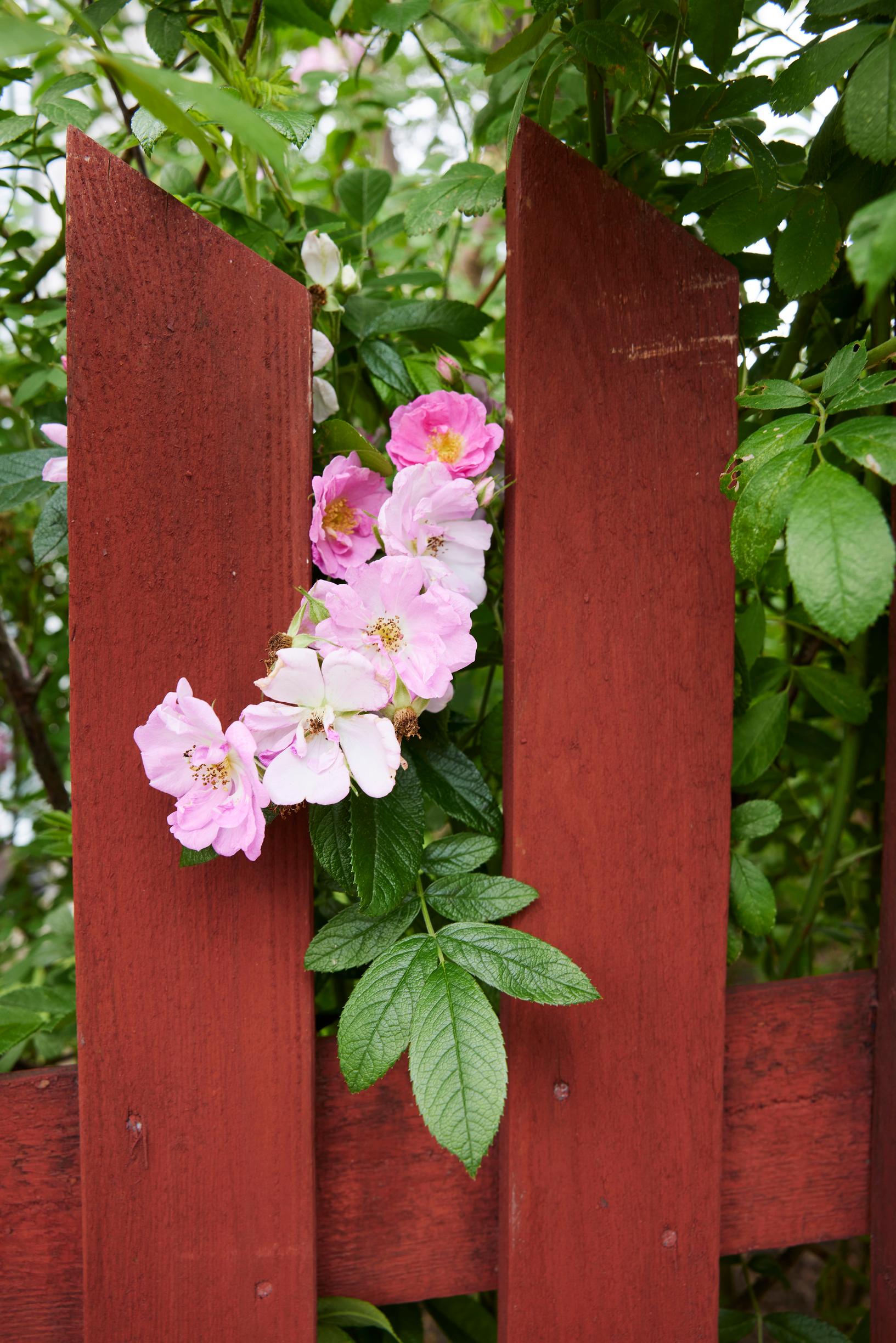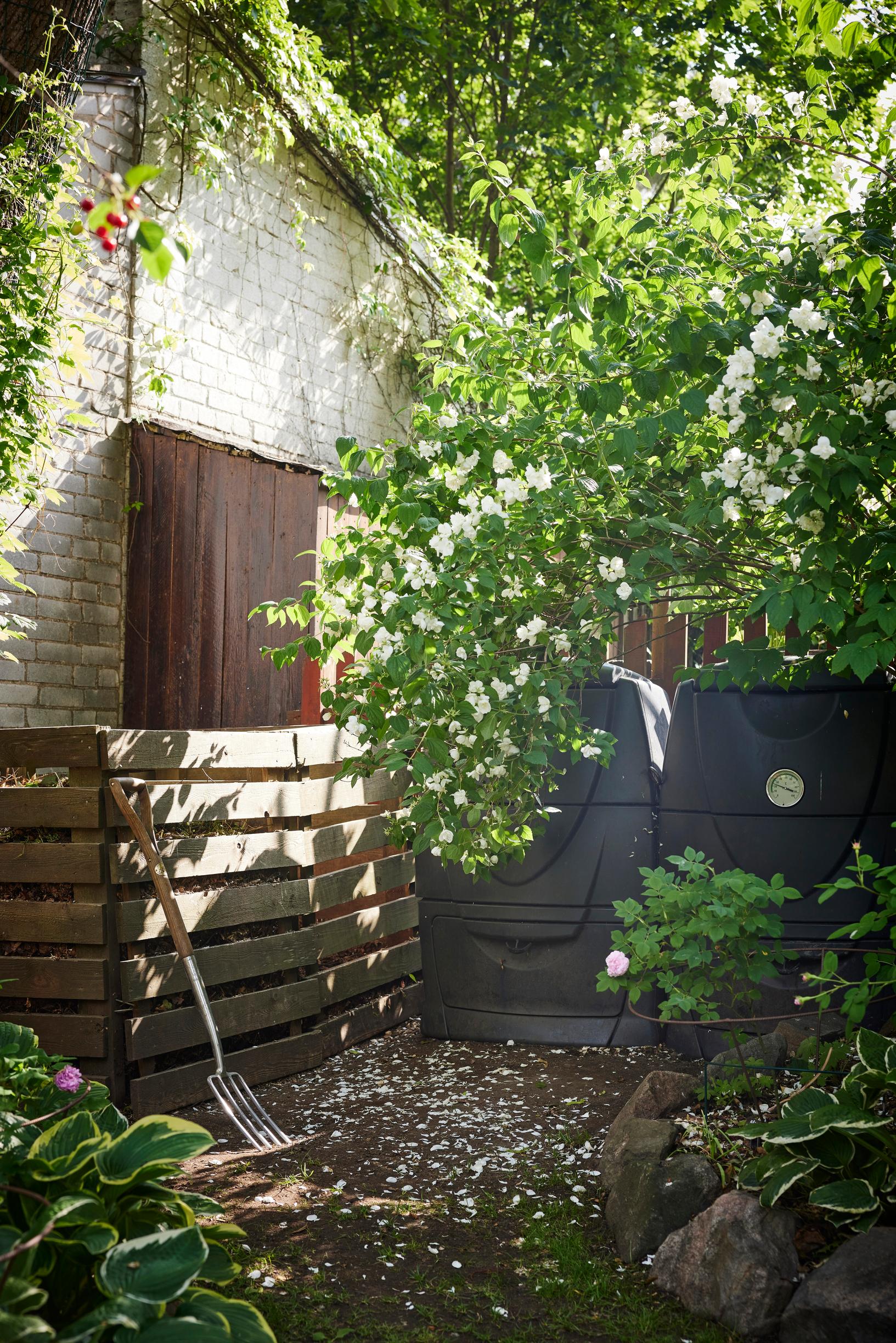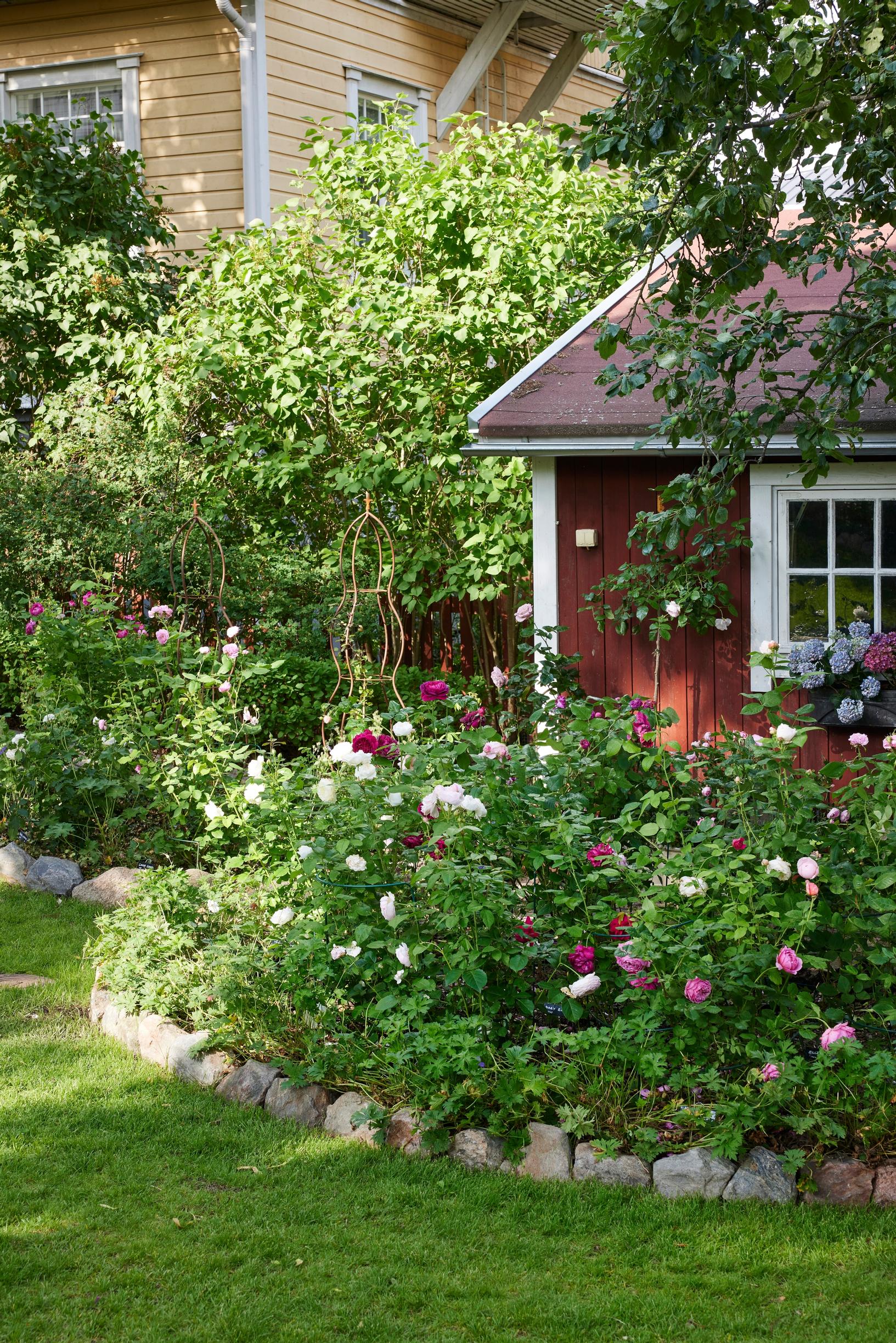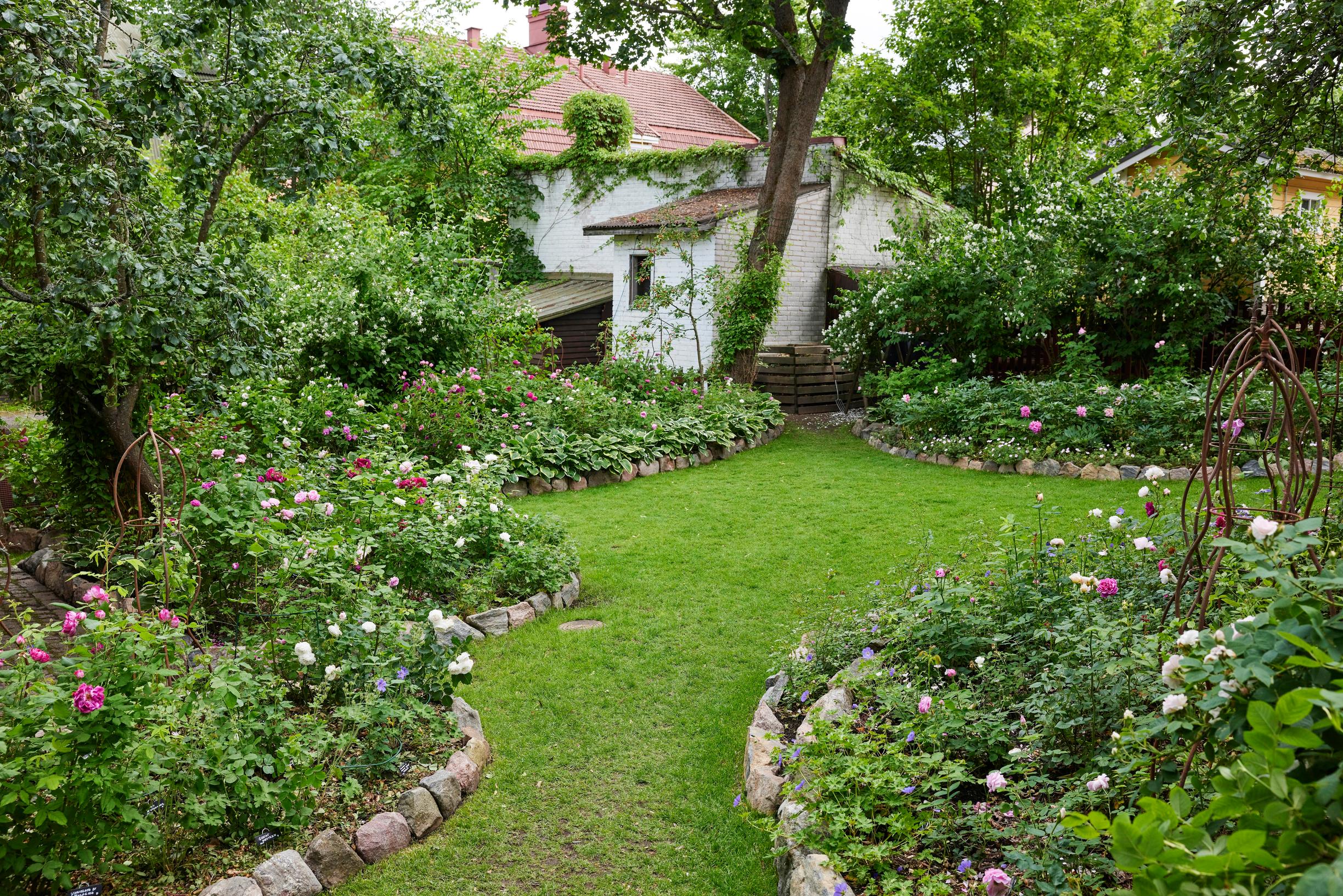
160 roses blooming in a city oasis—Päivi’s 450-square-meter garden is a fragrant masterpiece (and she shares her best tips)
Päivi’s yard in Turku overflows with fragrant blooms—from heritage shrub roses to the famously finicky David Austin varieties. “When the beds are well prepared and conditions are right, Austin roses are easy to grow in this zone,” Päivi says.
Roses are everywhere. Along the side of the garden shed, pale and red-hued Gallica roses and historic remontant roses are in bloom. In front of the hundred-year-old wooden house, the first David Austin roses are opening their buds, while clusters of dark red ‘Flammentanz’ climbing roses glow against the house’s gray wall.
‘Flammentanz’ was the first rose that Päivi planted in her city yard in Turku. The variety bloomed beautifully beside a neighbor’s wall, so Päivi figured it would thrive here too. Its success inspired her to plant more and more roses.
The most important lesson from this passionate hobby, now in its 11th year, has been the major impact of each rose’s growth habit and planting location.
“In a small yard, you can’t have massive, hard-to-manage thorny bushes that send out suckers. They also only bloom for a short time,” Päivi says.
Many of the vigorous rose bushes she bought early on have since been removed from the yard, except for Maiden’s Blush, Damask, and Spinosissima hybrids in the hedges, and the Rugosa hybrids along the street.
What: Päivi’s garden in Turku, Finland
Size: 450 m²
Soil: Rocky sandy soil
Special feature: A yard featuring 160 different roses on a gentle south-facing slope
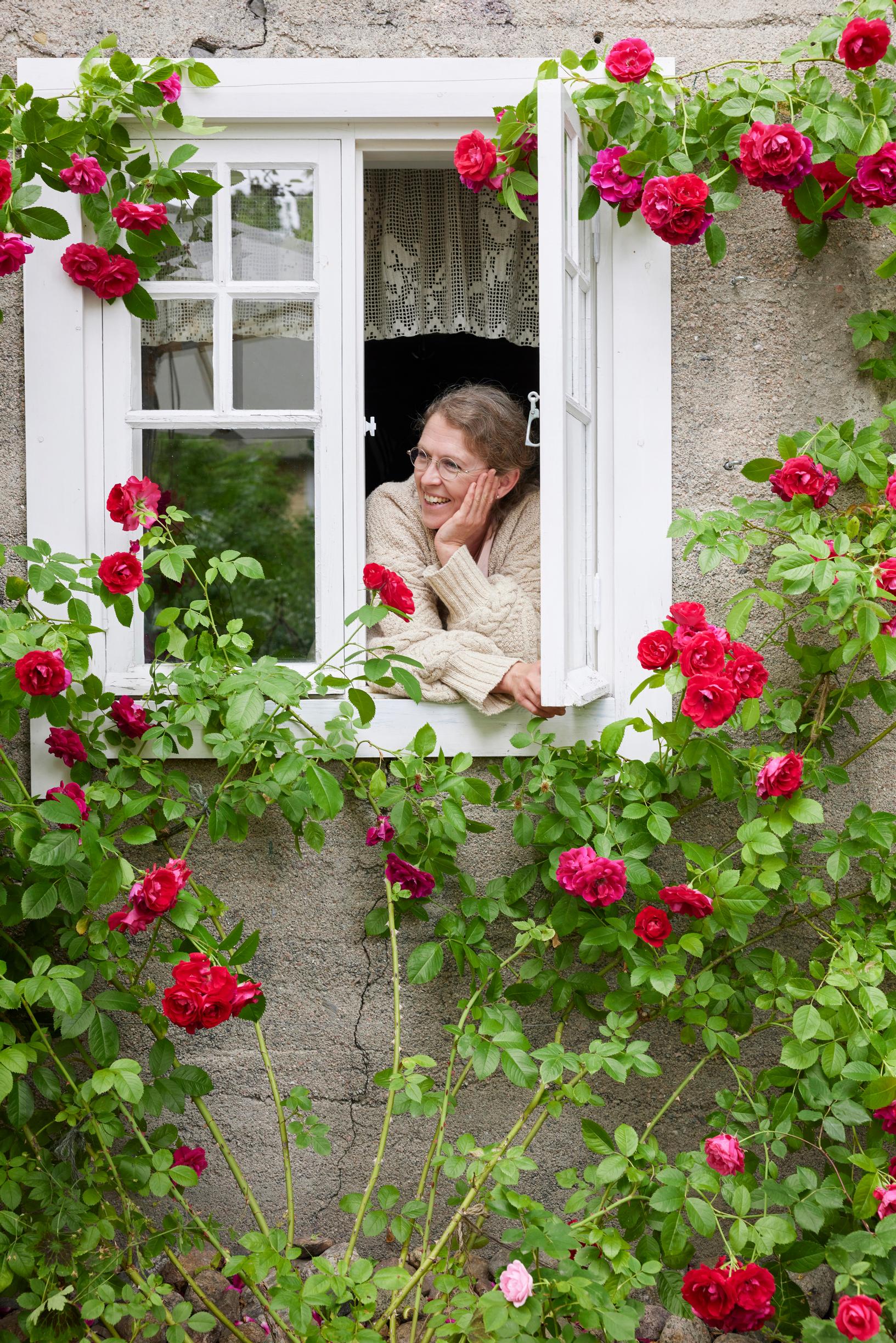
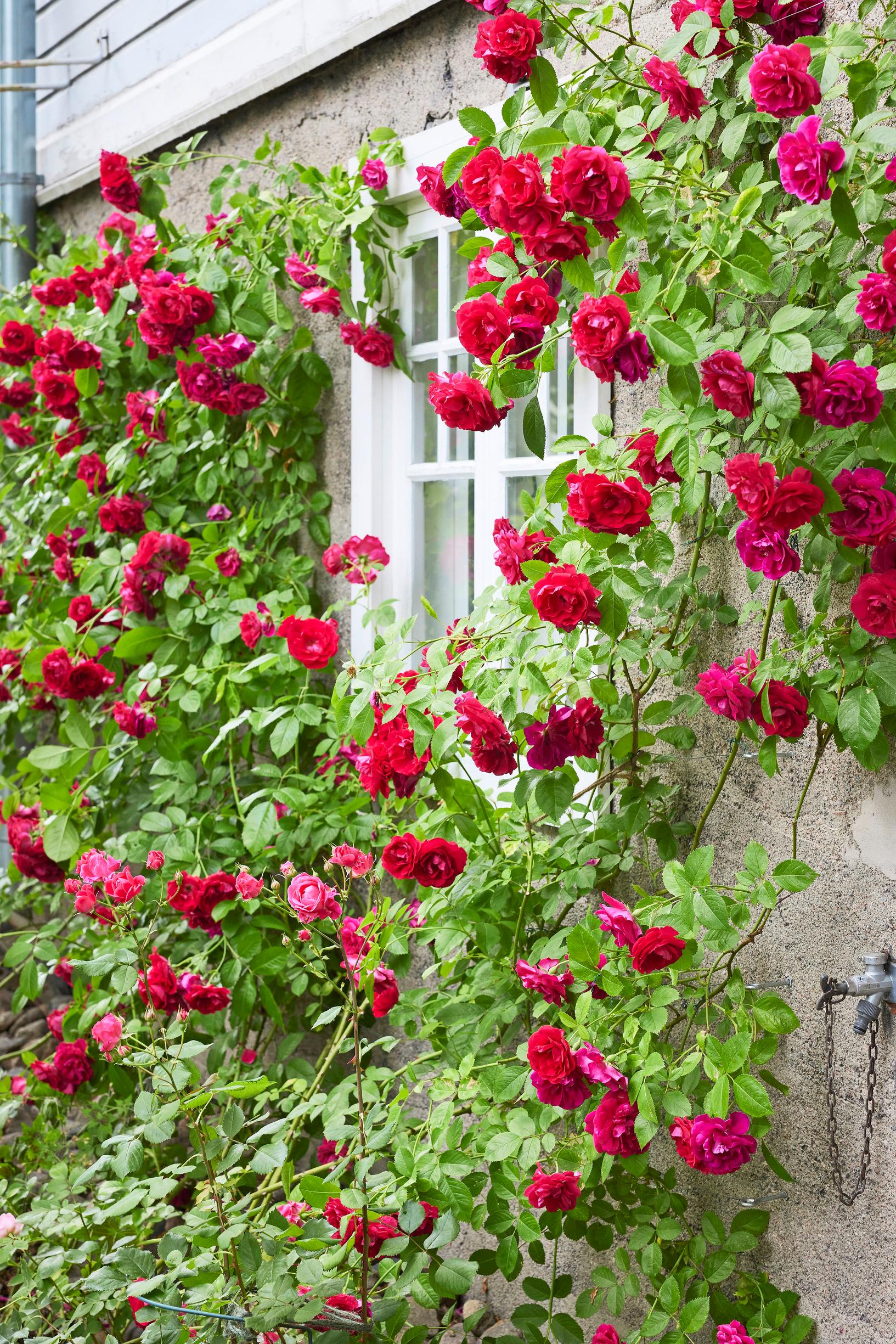
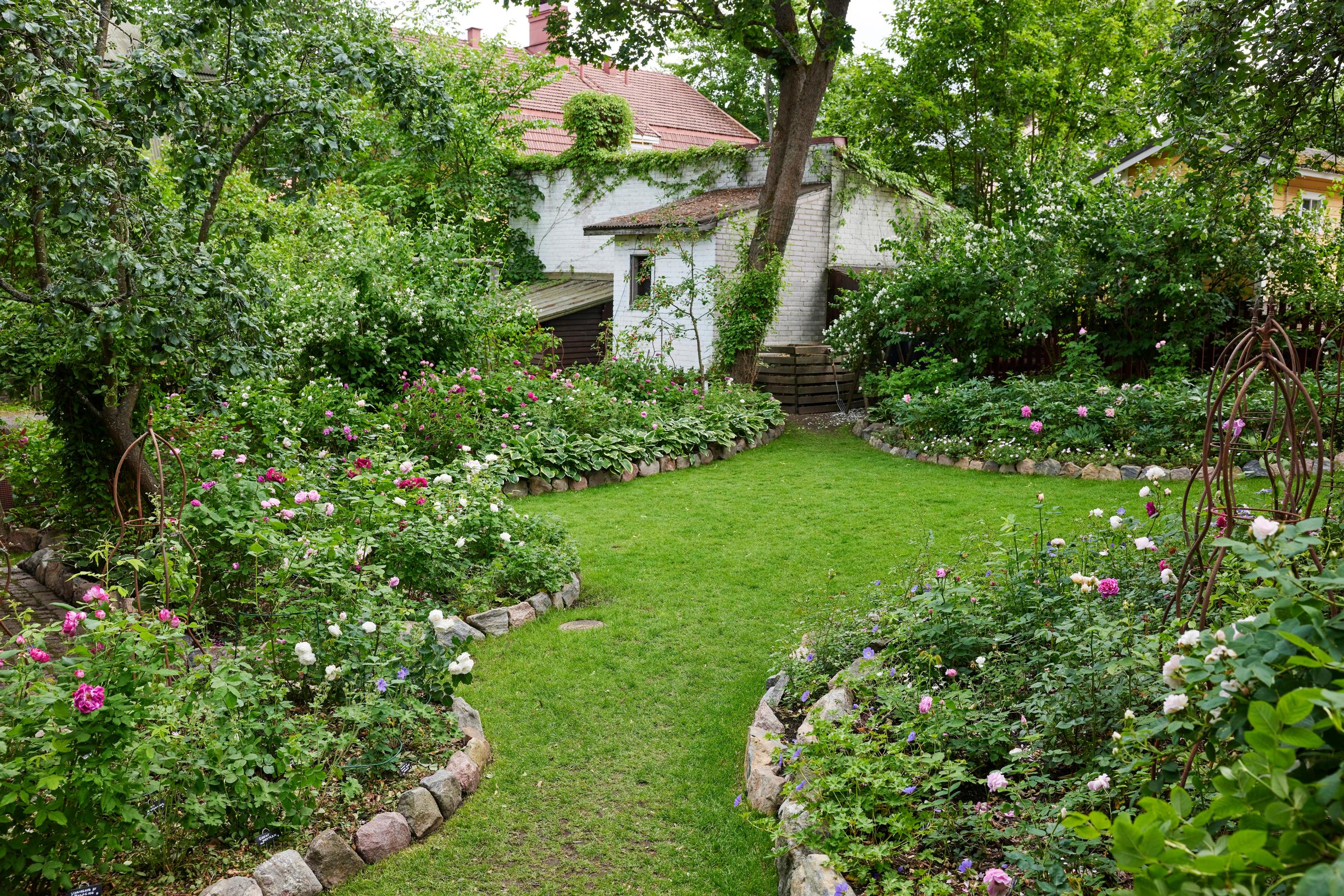
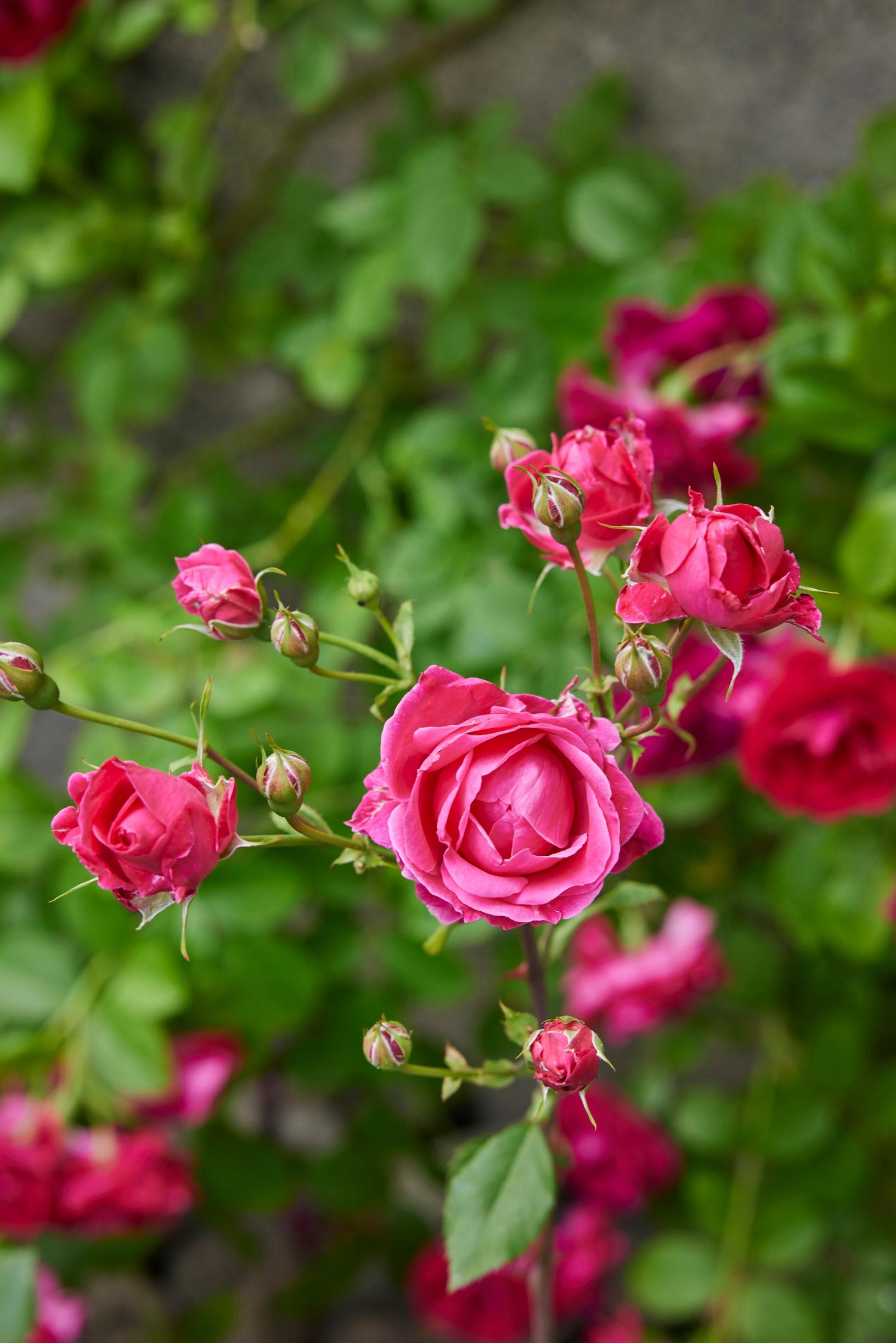
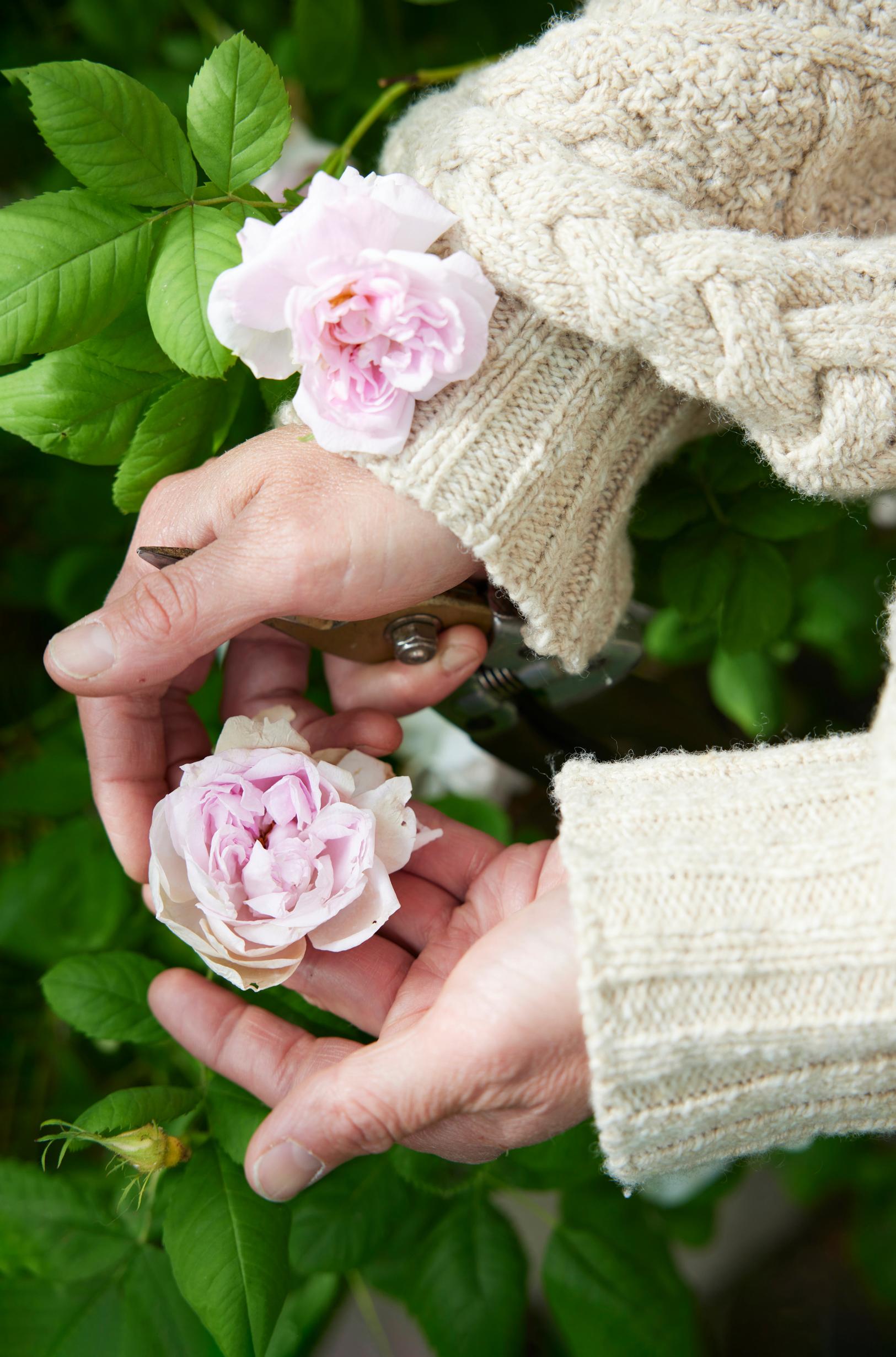
after the space-demanding SHRUB ROSES, Päivi became interested in Gallica roses, also known as French roses. Their small size and upright growth habit make them perfect for group plantings.
“They bloom only once each summer, but their display is spectacular and lasts for about a month.”
Another advantage of Gallica roses is their wonderful fragrance, which Päivi thinks is essential to a rose’s charm. She describes the scent of the ‘Rose du Maître de la Ecole’ from 1831 as a classic rose fragrance.
The success of her French roses inspired Päivi to experiment with other demanding, repeat-blooming historic roses, whose names she also found fascinating.
“‘Variegata di Bologna’ is a truly lovely Bourbon rose bred in 1869. It blooms for a long time, and from start to finish the flowers are incredibly beautiful,” Päivi says, noting that she appreciates the beauty of aging petals.
Besides Bourbon roses, other groups that rebloom in Päivi’s garden during the summer include various Portland and remontant roses, all of which have taken center stage.
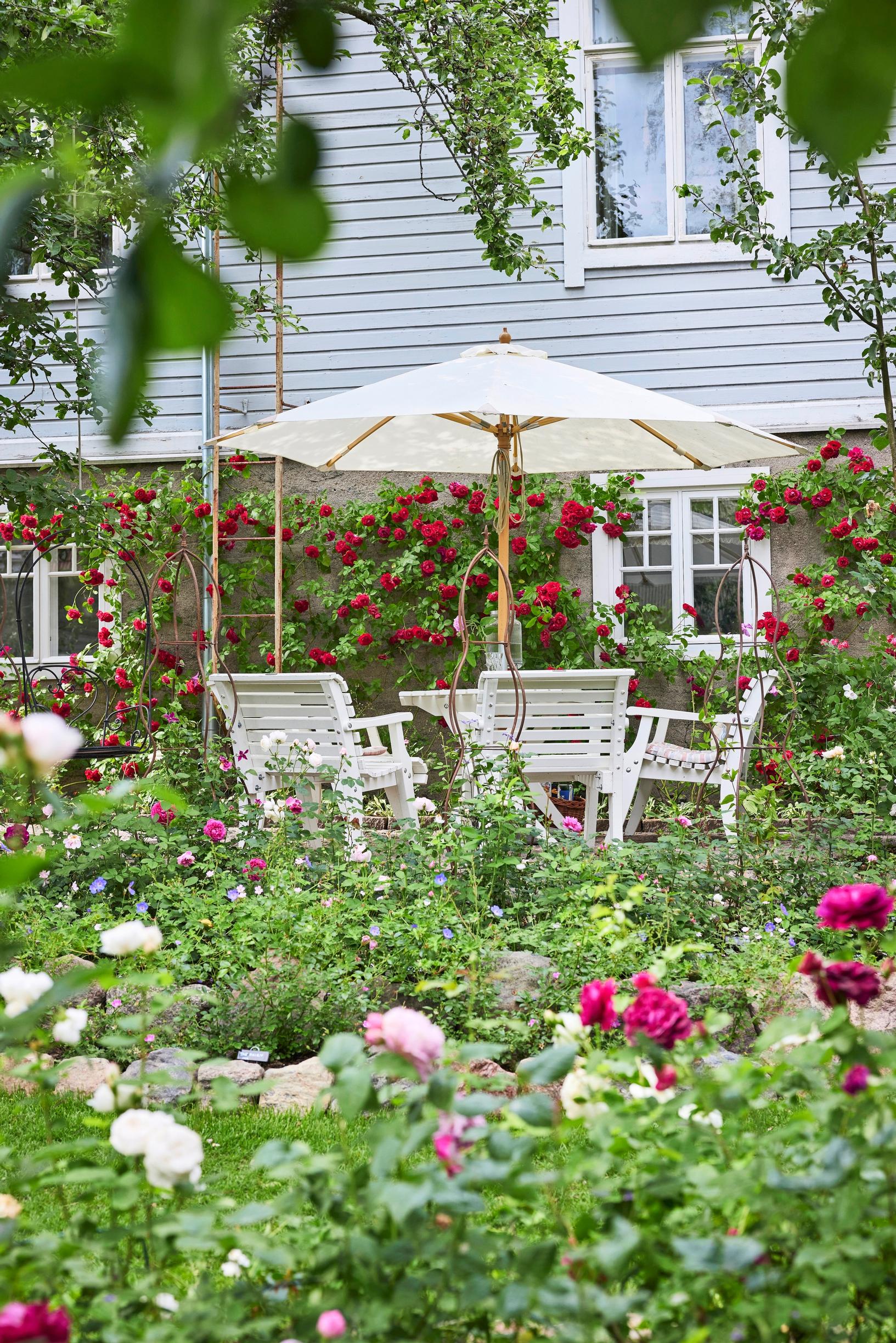
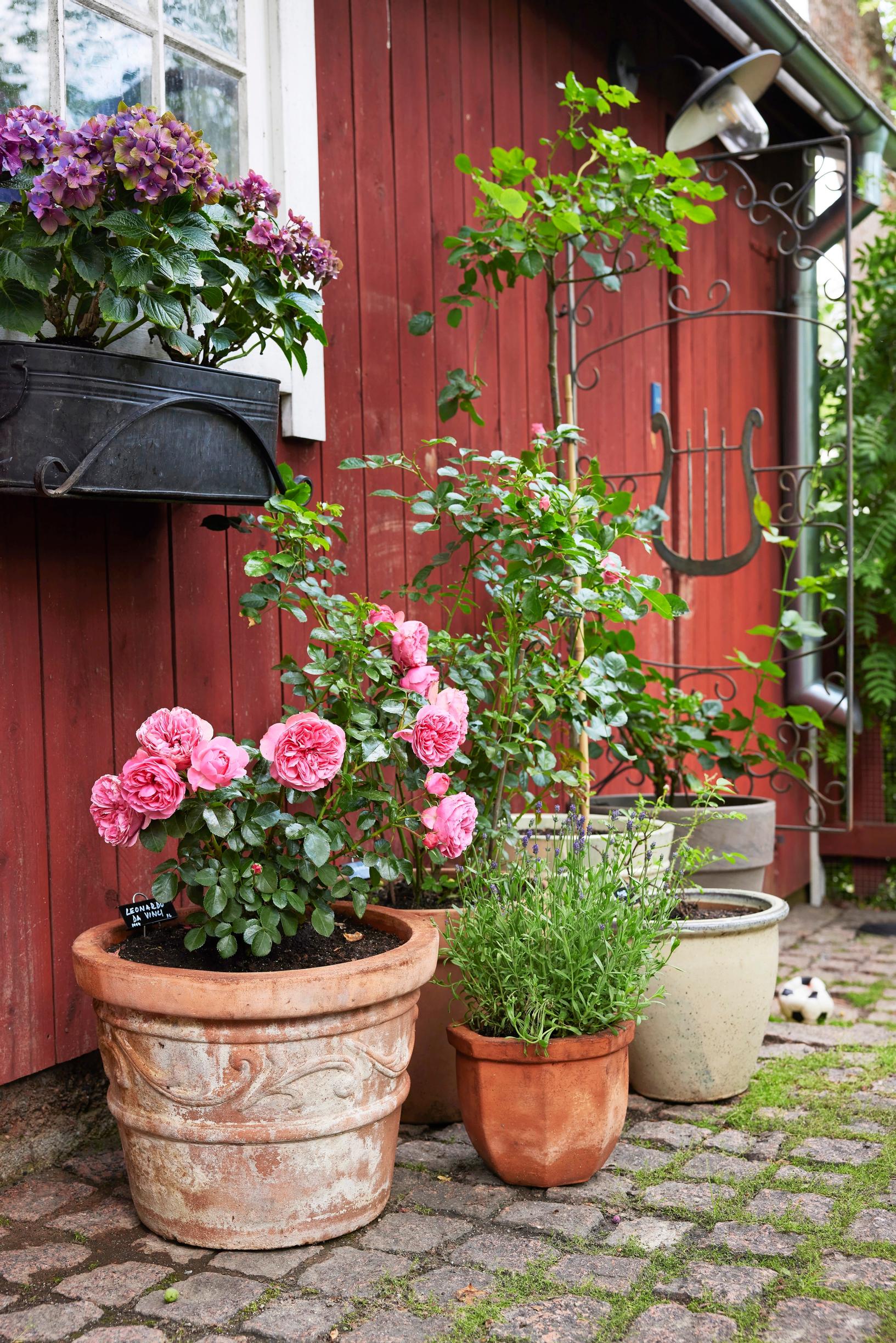
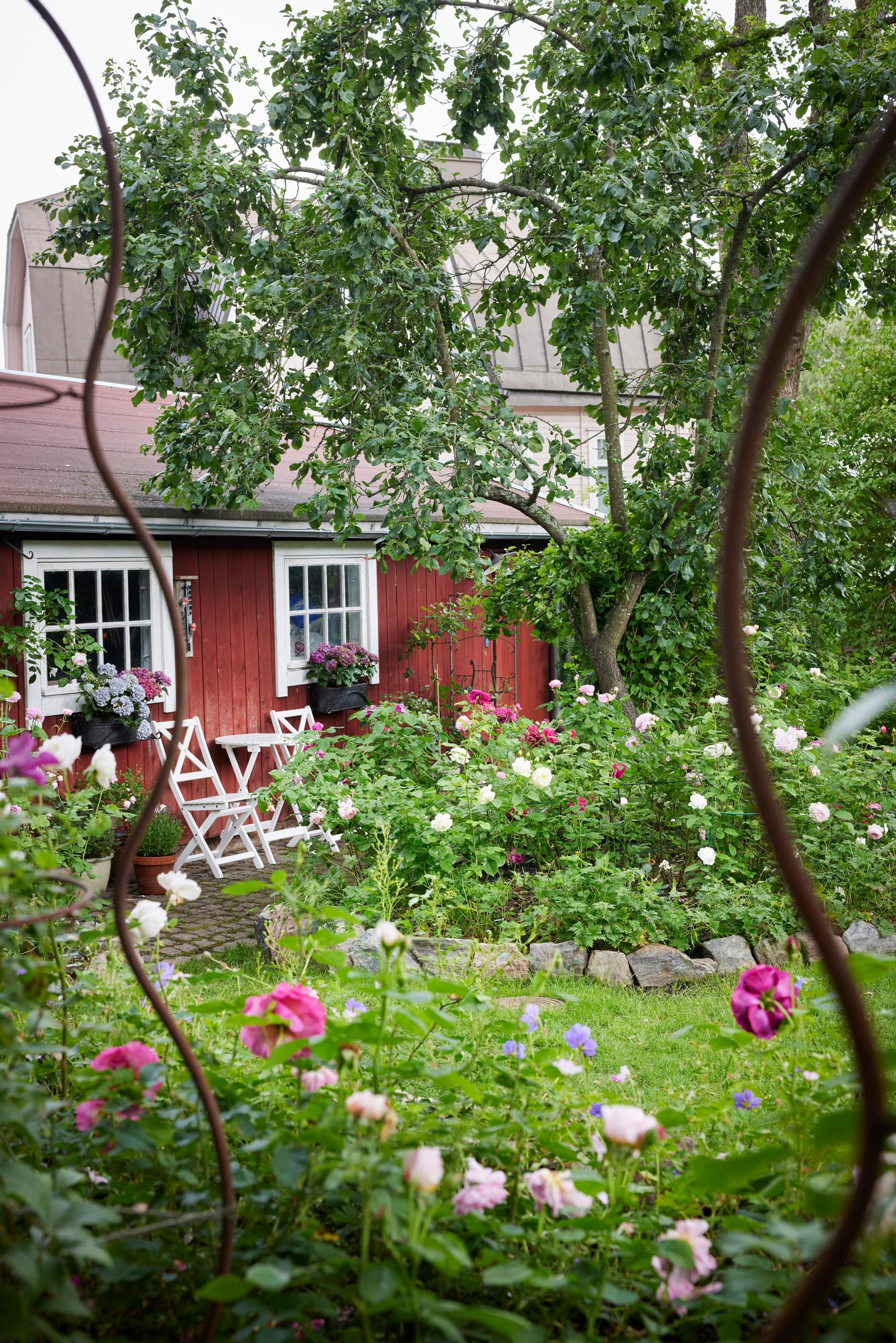
IN RECENT YEARS, Päivi’s greatest interest has been in David Austin roses—often called Austins—and there are now more than 60 varieties in her garden. The first variety she tried was the pale pink ‘Gertrude Jekyll,’ whose success encouraged her to plant even more.
“When the beds are well prepared and conditions are right, Austin roses are easy to grow here. I haven’t lost a single plant.”
All the roses grow in a uniform bed around 40–60 centimeters deep. Päivi prepares each bed by loosening the sandy soil base, then adding a thick layer of deciduous wood chips, leaf compost, and ash.
She plants each rose so that the graft union is 5–10 centimeters below ground level. With her first plants, she buried them at least 15 centimeters deep to boost their winter hardiness.
“I raised them a bit later, and they clearly perked up. Planting them too deep hinders new shoots,” Päivi explains.
For winter protection, the Austins and other delicate remontant roses get a pile of maple leaves around their bases, which stay airy and insulate well.
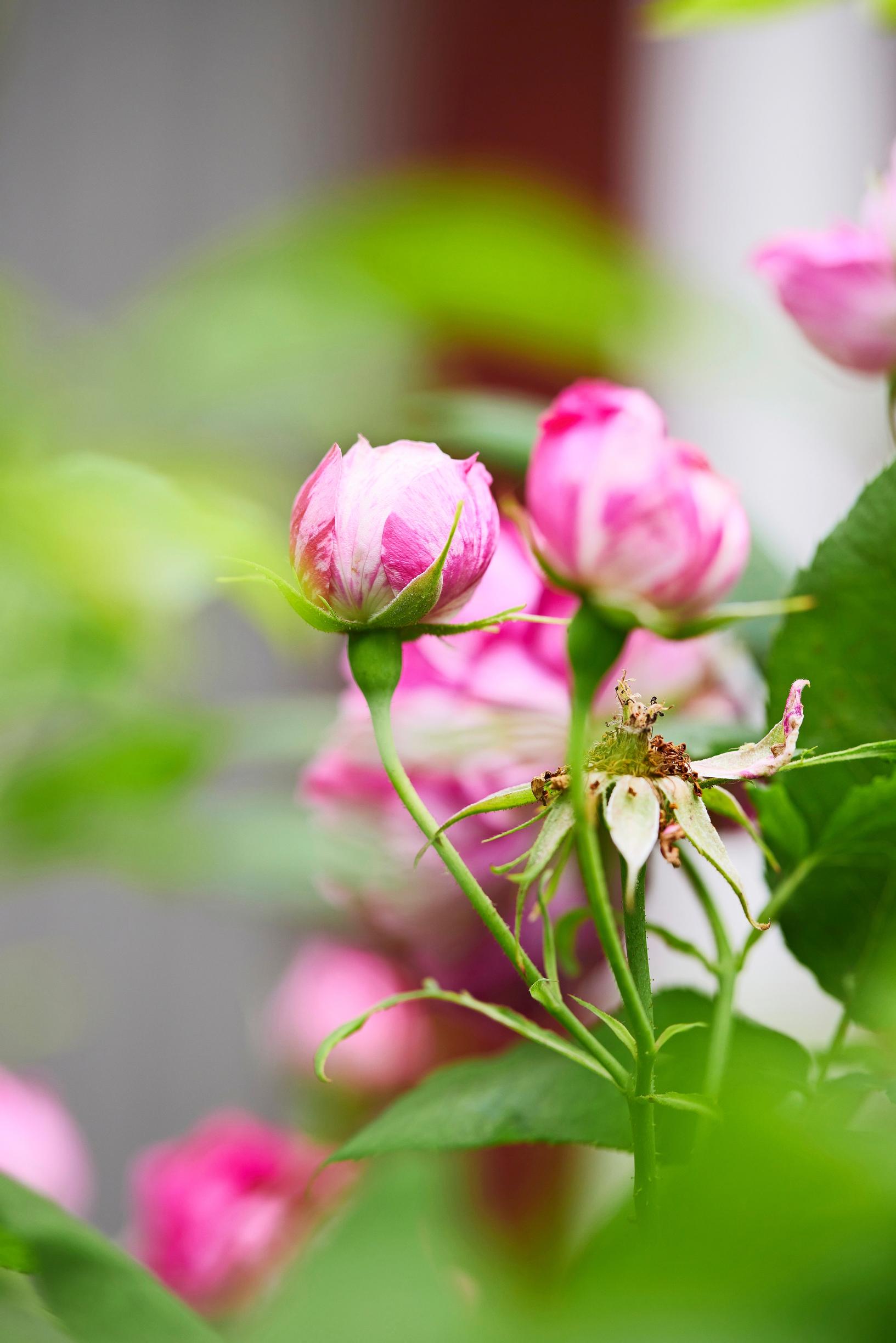
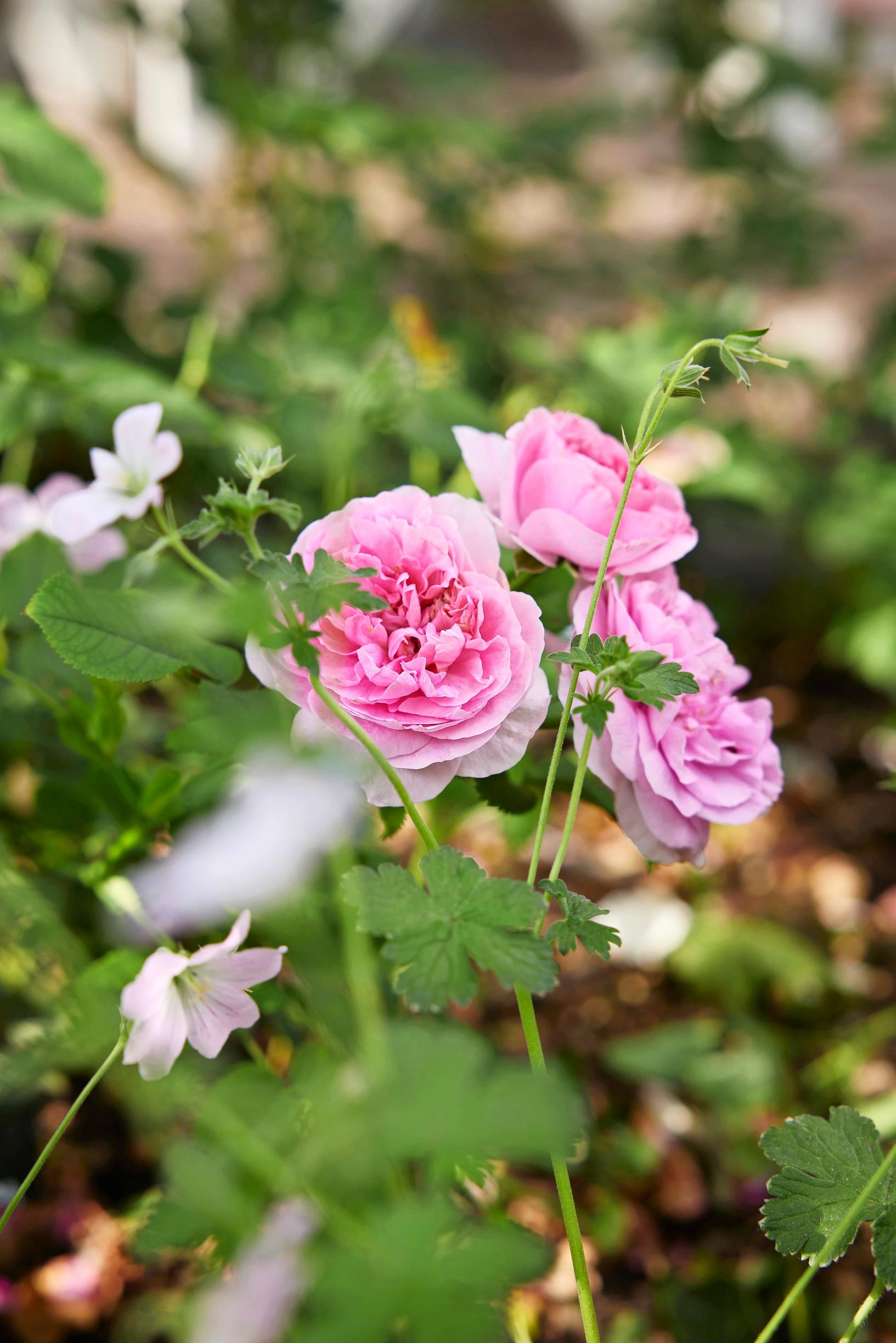
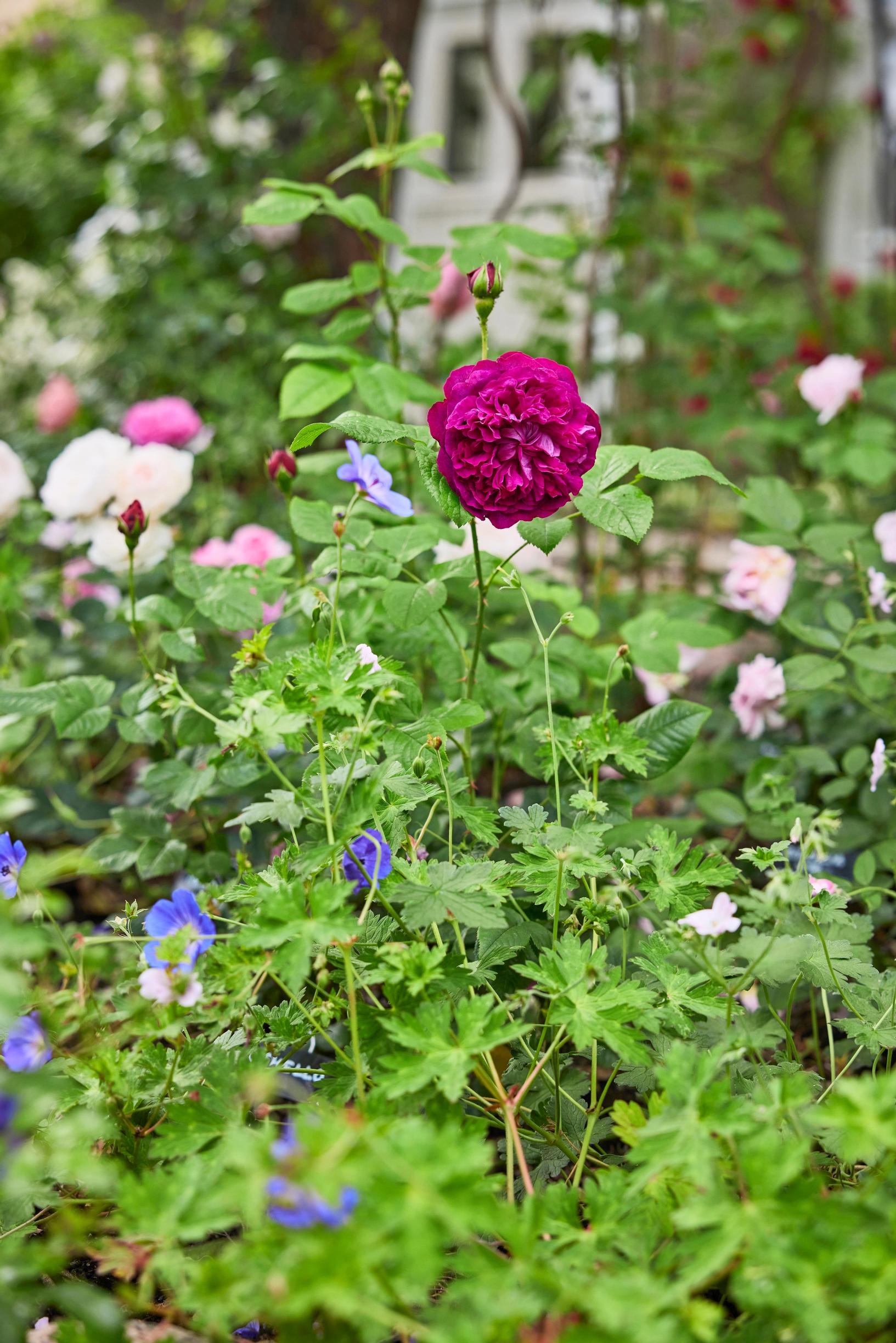
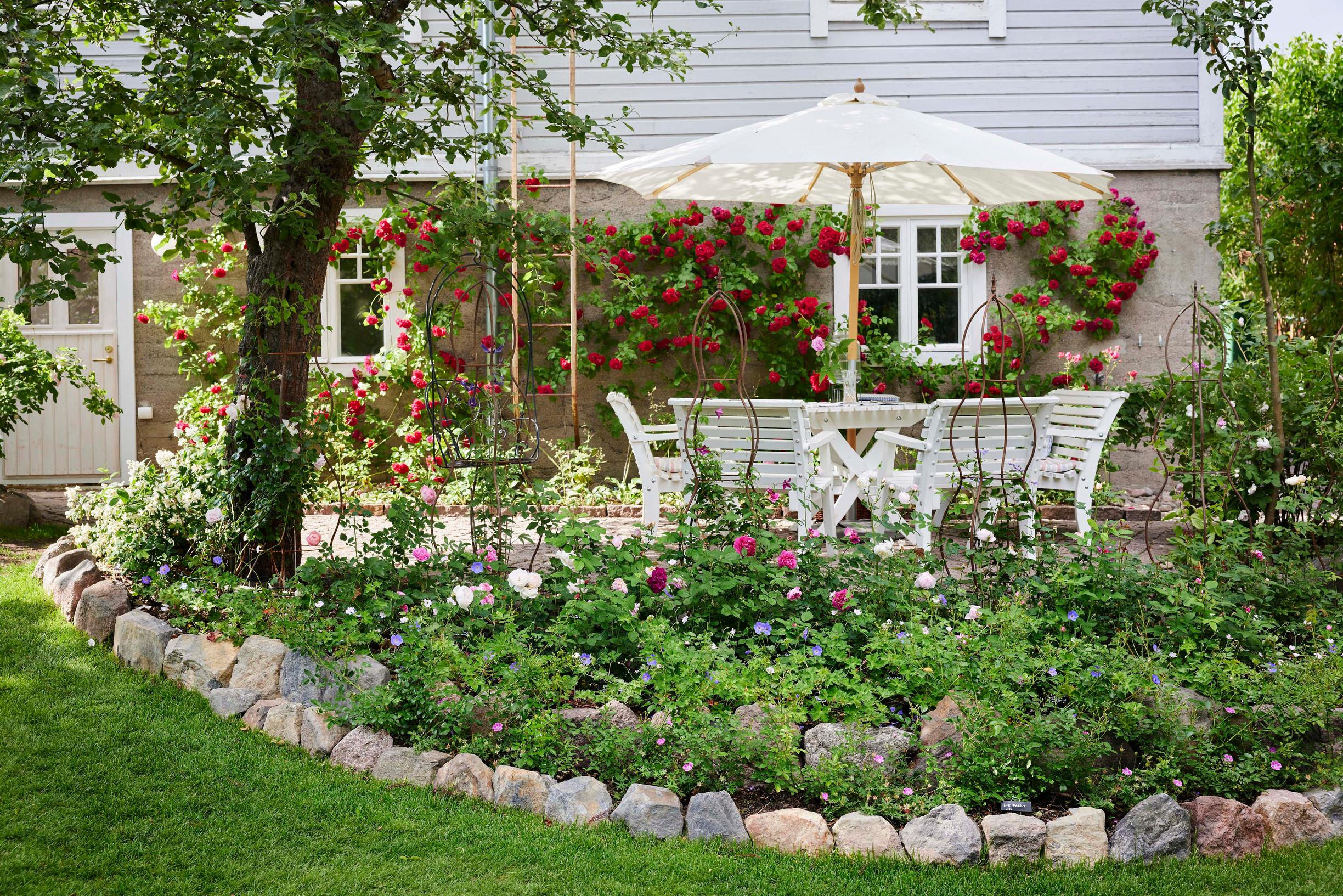
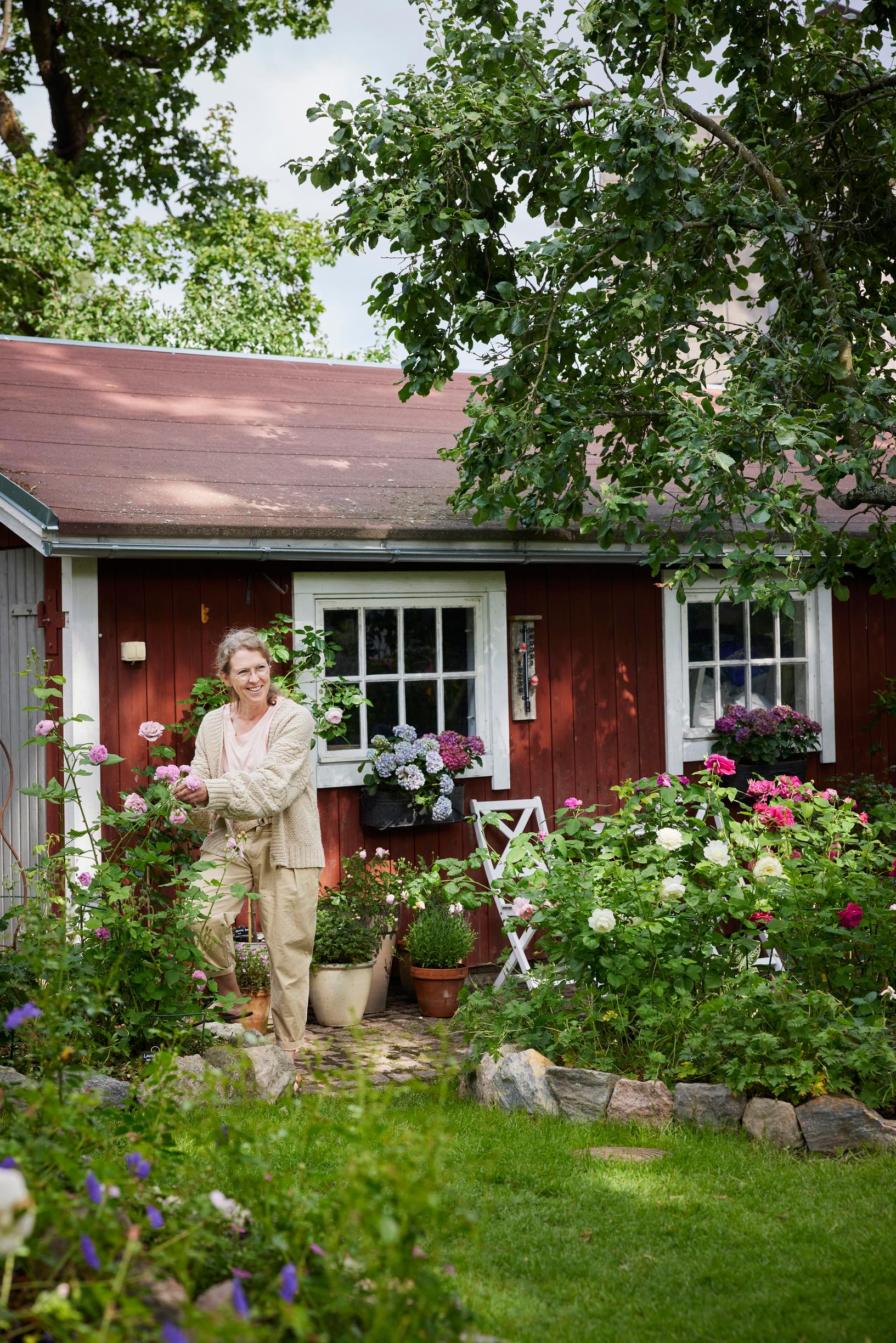
In Austin roses, Päivi is enchanted by their soft, muted color tones that harmonize beautifully. There aren’t many bright white varieties, but plenty that lean toward yellow or light pink.
“It’s impossible for me to choose a favorite rose. There are so many that are lovely, and the loveliest is always the one blooming at the moment.”
For the rose gardener, the greatest joy is the scent of Austin roses, which varies by variety. Some have a strong fragrance reminiscent of traditional roses, while others are fruity or sweet with notes of myrrh.
“Their fragrance changes as the day goes by. In the evenings, the scent here is incredibly intense as the roses and mock oranges release their perfume.”
The white wooden chairs in the garden often remain empty because Päivi loves spending as much time as possible working outdoors.
“Only when darkness finally makes me stop do I sit down and savor the moment.”
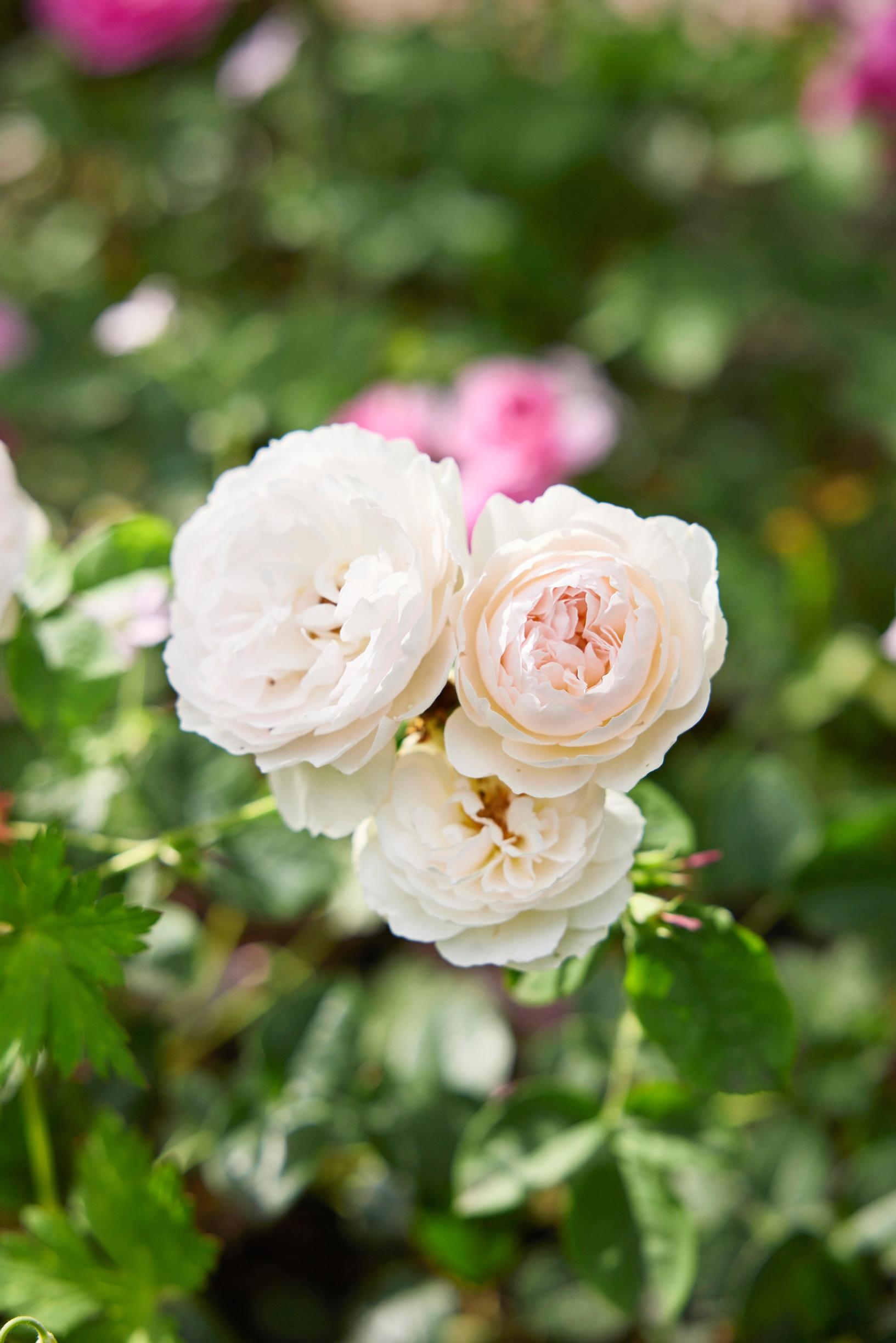
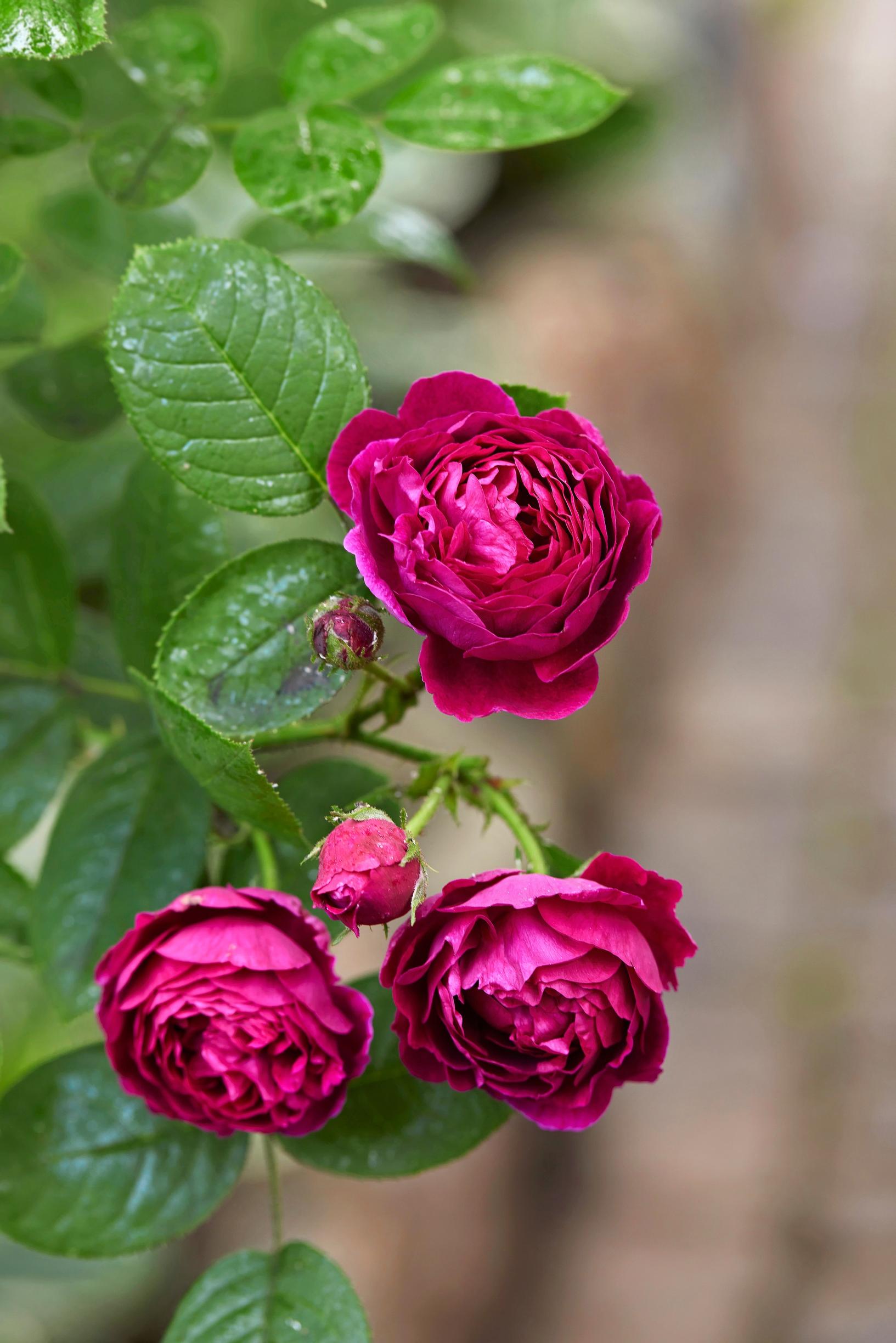
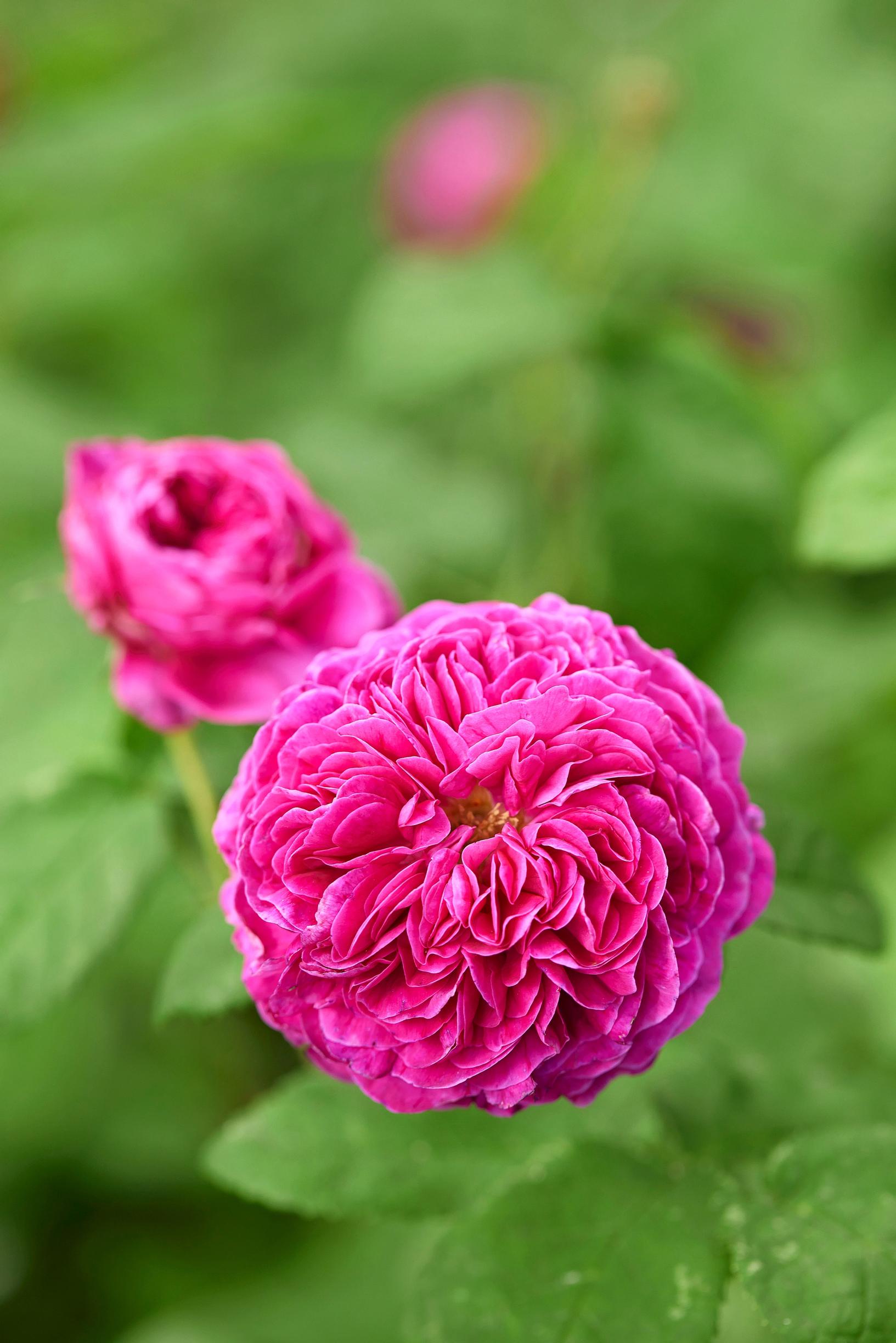
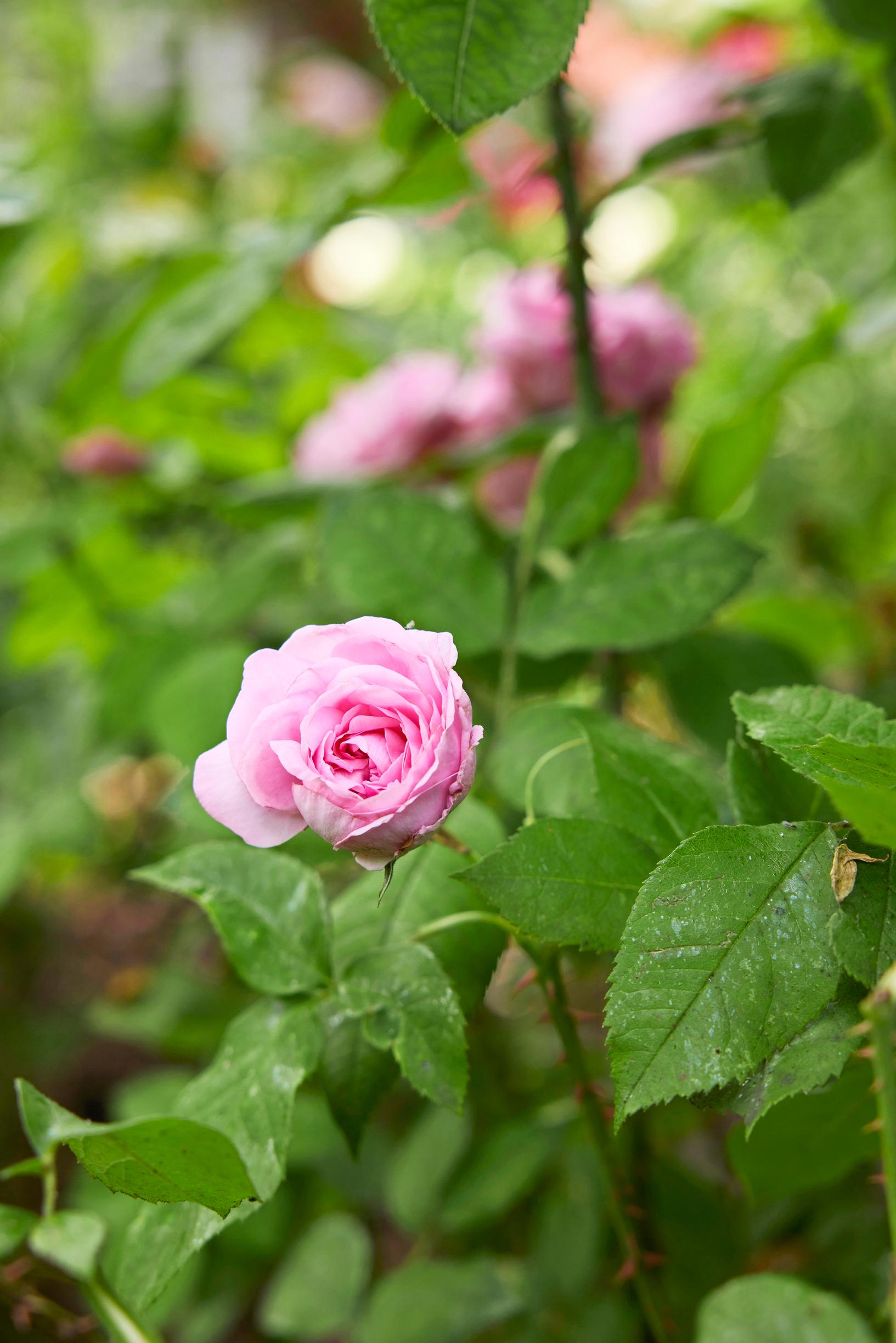
Päivi’s rose tips
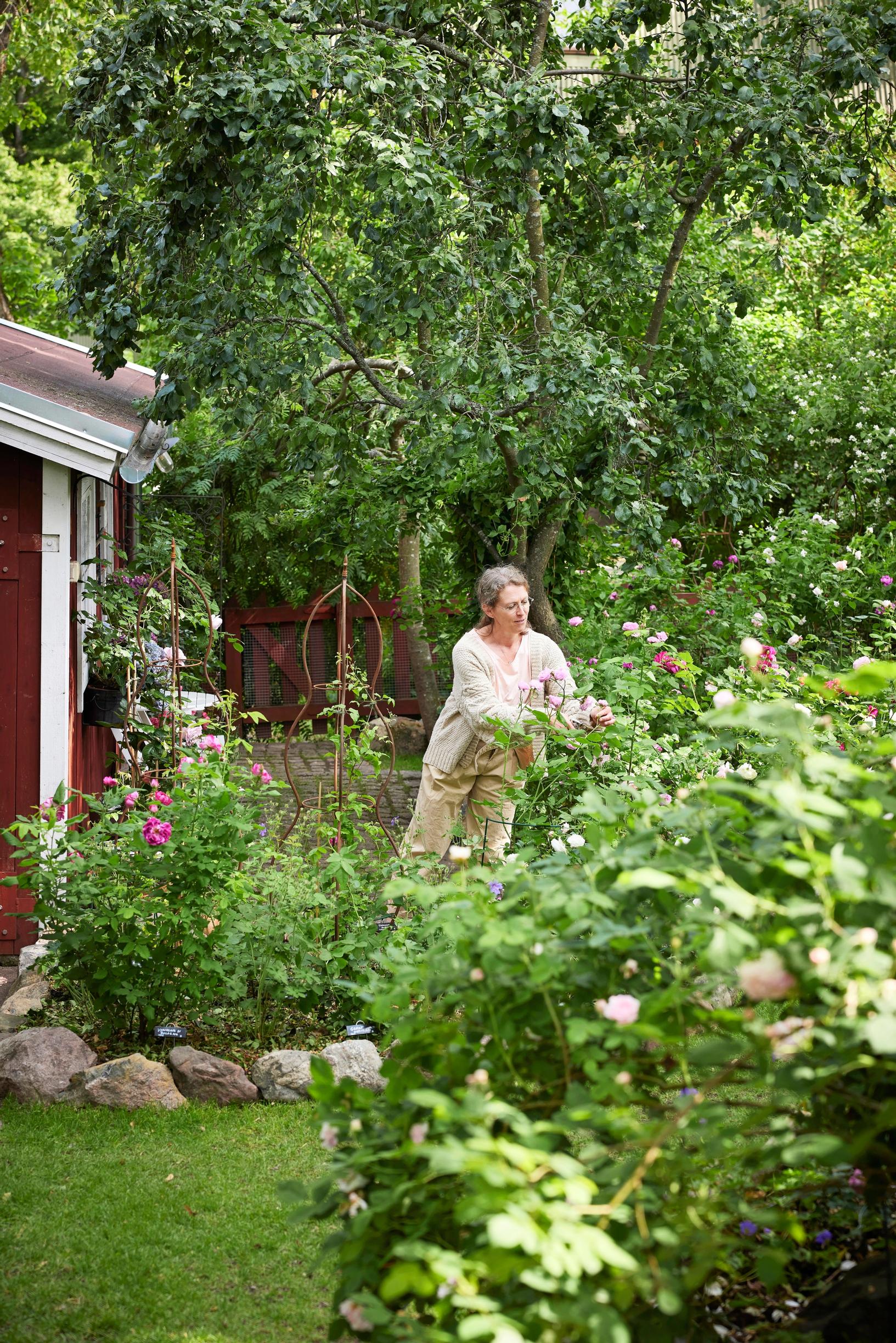
1. The right spot
Keep roses healthy by giving them a sunny location and good conditions, with enough airflow at the base of the bushes.
2. Rich soil
Build raised beds for your roses. Enrich the soil with compost, horse manure, and wood ash. Spread organic materials as mulch each year and leave tree leaves on top of the beds. This keeps the soil loose and moist, making it ideal for earthworms.
3. Plants at the base
Plant cranesbills and other perennials alongside your roses to extend the blooming season and cover the soil. Small bulbs also thrive under roses. As their foliage yellows, it protects the soil surface in early summer.
4. More buds
Remove spent blooms from reblooming varieties so they can produce new buds.
5. Shaping for form
Prune canes older than three years so the plant keeps a lovely shape and blooms abundantly.
